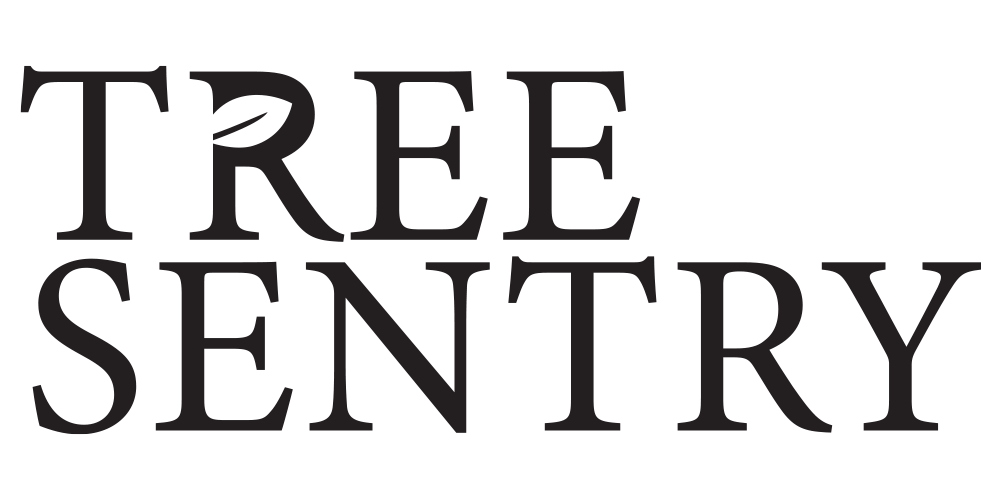The history of the Tree SentryTM.
The Tree Sentry was designed by a Midwest farmer who faced the typical challenges of establishing windbreaks on the hot, open plains of Northwest Ohio. After trying several products over the years, the farmer concluded he could improve the design and prevent the seedling loss he observed.
Early prototypes showed improved survival and growth rates, but the staking method used to secure most shelters was tedious and time-consuming. So, the farmer continued brainstorming more straightforward approaches to installing tree shelters.
The simple concept of a staked straight or flared tube—while an improvement over no shelter—was still limited in several ways. A simple, quick, and stable installation process would be a significant advantage when dealing with wind, rain, or worse in the field.
The goal was to develop a seedling shelter that would offer all of possible advantages over conventional designs:
- Maintain the smaller opening top. A conical shape keeps the more intense rays of the mid-day sun from overheating a young seedling and, more importantly, protects the soil’s moisture levels and the seedling. The conical shape also helps keep the seedling out of the view of browsing animals.
- A larger basal area allows a less restrictive environment for seedlings, allowing lateral branching and better conditions for shading the soil and recycling the available moisture.
- A staking method that was very secure without being too tedious or time-consuming to install.
- The shelter must be in one piece to avoid having to assemble it in the field. Most planting projects are done in early spring or fall. Even in nice weather, assembling, unfolding, or erecting a shelter and handling small components is time-consuming. Ideal planting conditions may require working in cold and wet conditions that are inconducive to assembling shelters or fishing and adjusting plastic ties.
- Making them as inexpensive as possible. Incorporating this high level of detail (i.e., a one-piece design, a self-staking base, and a conical shape) was impossible with conventional shelter manufacturing methods. It would require utilizing a new process called “thermoplastic injection molding.”
The Tree Sentry represents the culmination of many planting trials and comparisons of various forms of rolled, stapled, or bonded sheet goods and extruded tubes. It is superior to any other idea or approach. Its success has spread to universities, forest agencies, and organizations looking to improve planting survival and growth rates.

